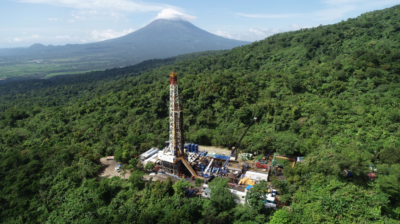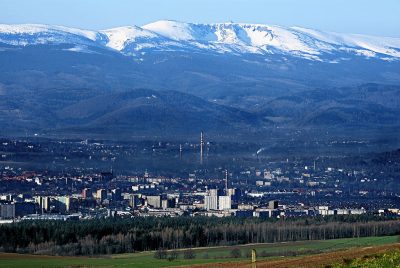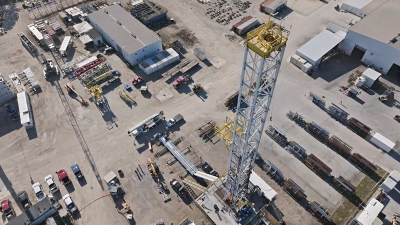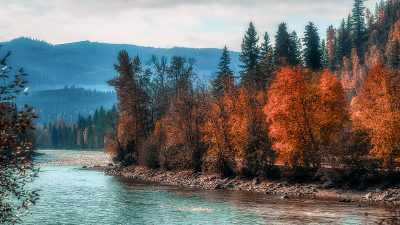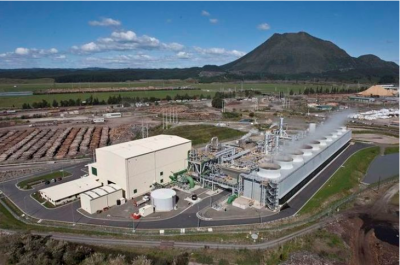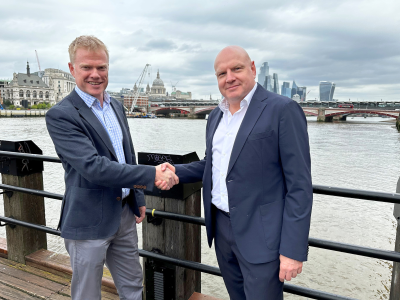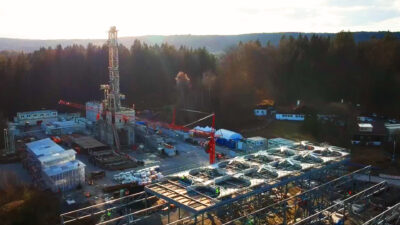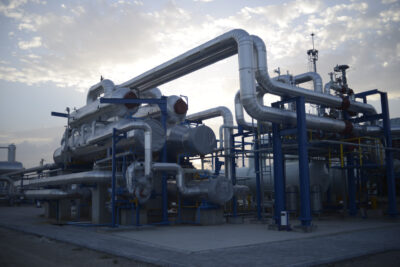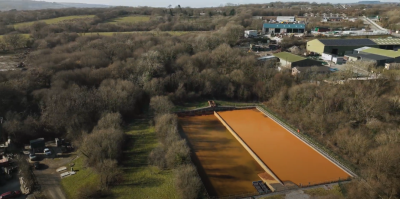Idaho – geothermal projects facing hydro
Sometimes renewable energy power projects face similar problems than traditional power projects. In Idaho a geothermal project shares land eyed by groups that propose a reservoir for flood control and irrigation storage.
Sometimes renewable energy power projects face similar problems than traditional power projects. In Idaho a geothermal project shares land eyed by groups that propose a reservoir for flood control and irrigation storage.
This issue shows how important it is for any developer in any state to look closely at potential conflicts with other interest groups and developers from other renewable or traditional power projects.
The “Idaho Statesman” describes this in an article from last week.
HYDRO VERSUS GEOTHERMAL
The Crane Creek Hot Springs looked like a perfect site for a geothermal electric generation plant in Idaho.
By sinking wells 7,228 feet below the surface of a desolate site 12 miles west of Weiser, Colorado developer Agua Caliente hopes to produce 100 to 179 megawatts of electricity to power 60,000 to 100,000 homes. The company paid the Bureau of Land Management nearly $1.5 million in 2007 to lease the area identified by the Department of Energy as one of the most promising places for geothermal development in Idaho.
But earlier this year, with the support of the Idaho Legislature, the Idaho Water Resource Board resurrected an old proposal to build a dam on the Weiser River. Federal officials had studied building Galloway Dam in the past for flood control and irrigation storage but backed off. But if the dam is built, it would flood most of the geothermal area and could even threaten the underground hot water reservoirs. That prompted Agua Caliente to ask the board to permanently table the Galloway project.
Idaho Department of Water Resources Director David Tuthill isn’t ready to give up on Galloway yet. He’s skeptical that flooding the area would hurt the underground resource that lies 4,000 to 7,000 feet below the surface. In fact, he says the geothermal plant and a future hydroelectric dam at Galloway could benefit each other with access roads and transmission lines. The geothermal company could drill its wells at an angle or erect platforms in the reservoir. He has met with Agua Caliente, the BLM and Kjellender.”We are moving forward with the idea of a mutually beneficial project,” Tuthill said.
Boise attorney Linda Jones, who represents Agua Caliente, was hopeful the state and her clients could find a solution. “We are optimistic at this time,” she said.
Source: Idaho Statesman

